Almost Perfect: An artist residency in a 100-year-old rice shop
The Space
September was a huge month for me that I’ll never forget. I was fortunate enough to travel to Japan for the second time this year—not for language school, but to participate in an artist residency at the beautiful Almost Perfect gallery in Kuramae, Tokyo. Situated in a renovated 100-year-old rice shop, Almost Perfect has three floors—a downstairs gallery for exhibitions, a second floor residency and studio space, and a recently-added third floor space for a second resident.
Kuramae was a neighbourhood originally full of artisans that eventually closed up and moved out due to changing times. But in recent years, the area has seen new life from young, optimistic creatives with niche businesses moving back in. Owners Luis Mendo and Yuka Okada Martín Mendo have truly done the neighbourhood proud with Almost Perfect and I can’t imagine a more important addition to the Tokyo creative scene. Not only were they gracious hosts, but they helped introduce me to many more creative leaders in the Tokyo community, making my exhibition just the icing on the cake of a trip that I’ll never forget!
The downstairs gallery of Almost Perfect
The Project
Since planning my residency way back in October 2018, I knew exactly what I wanted my exhibition to feature. I’ve long wanted to create an illustration series around strong, influential Japanese women that have helped shape modern Japanese society. I settled on thirty women for no particular reason other than it would have been difficult to display more on the gallery wall, as throughout my research I gathered up so many incredible names and stories that narrowing down my selection was quite a task!
The Process
Like most big projects, the majority of time I spent preparing for my exhibition was spent on research. I had many sessions over the past few months, gathering stories and inspiration from my women wish-list, cobbling together a mood-board of inspiration and photos. I prepared sketches before my trip and completed the artwork as digital paintings during the first week of my residency.
Pre-residency sketching at home in Nottingham
Over the summer, I did some experimenting with riso printing and was completely hooked—I knew it would be a perfect fit for my project and immediately searched for a good riso studio in Tokyo. I chose Hand Saw Press in Musashi-Koyama—not only are they a well-respected studio in the riso world, but I was thrilled to learn that both the owner and printer of my project were also women!
The final pieces were printed as two colour prints in risofederal blue and bright red. I’m a huge lover of Japanese denim and indigo, and coupled with the classic Japanese red, the colour scheme was an obvious choice from the start. A few of my women had particular features I knew would benefit from such colours as well—namely Kusama’s signature red bob, the American and Japanese flags held by Kimura Komako, and even astronaut Mukai Chiaki’s orange launch entry suit translated well into the pared-back palette.
The paper for this project comes from the highly-regarded Takeo paper house in Tokyo. I opted for the lovely 185gsm ARAVEAL stock in natural white, which really reminds me of the GF Smith Colorplan papers I tend to favour in the UK.
Finally, I signed this limited edition series of 20 prints per woman with a traditional Japanese ‘hanko’ seal in red ink to complement my colour scheme. Once these prints are out of stock, I plan to reprint them here in the UK but without signatures and numbering.
The exhibition
To be perfectly honest—this was not only my first solo exhibition, but my first exhibition anywhere, which made the experience all the more special considering it was in Japan. I met so many wonderful people during the week of my show and, as I expected, I had many Japanese people confess that they were unfamiliar with many of the women in my project. Of course I included some famous idols and celebrities here and there, but I loved being able to share my own perspective on the women I personally felt were important figures in Japanese society who deserved to have their stories and struggles shared with a wider audience.
To sum up, I’ll share a few more photos from my exhibition party taken by my talented friend and photographer Jaime Hojje Lee. I want to thank everyone who came to see my show, bought prints, gave me lovely feedback, and of course for Luis and Yuka for giving me such a special opportunity.
I’m now excited to announce that all my prints from this series are on sale and shipping worldwide! Please read the full story below and head over to my shop page to see what’s available!


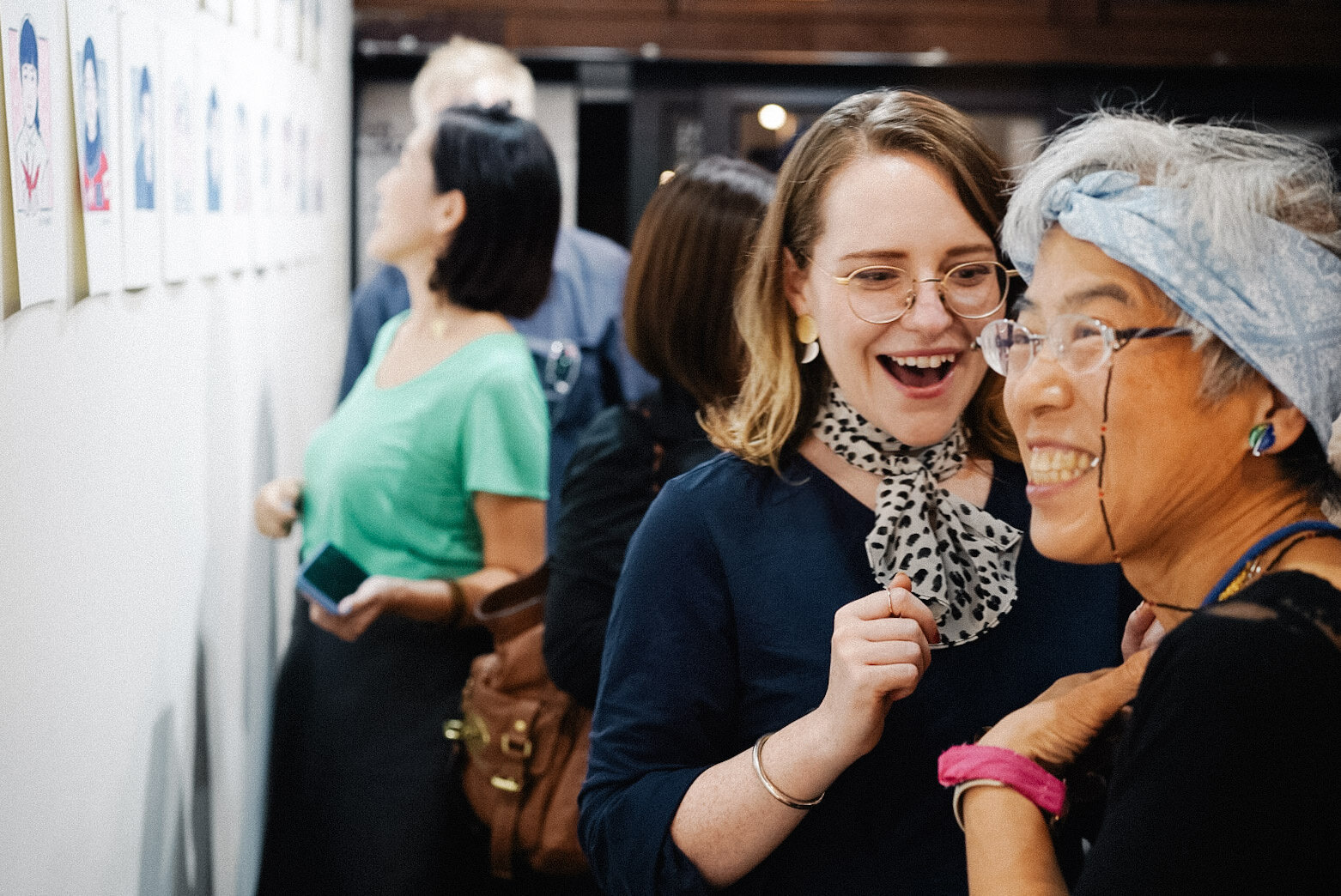


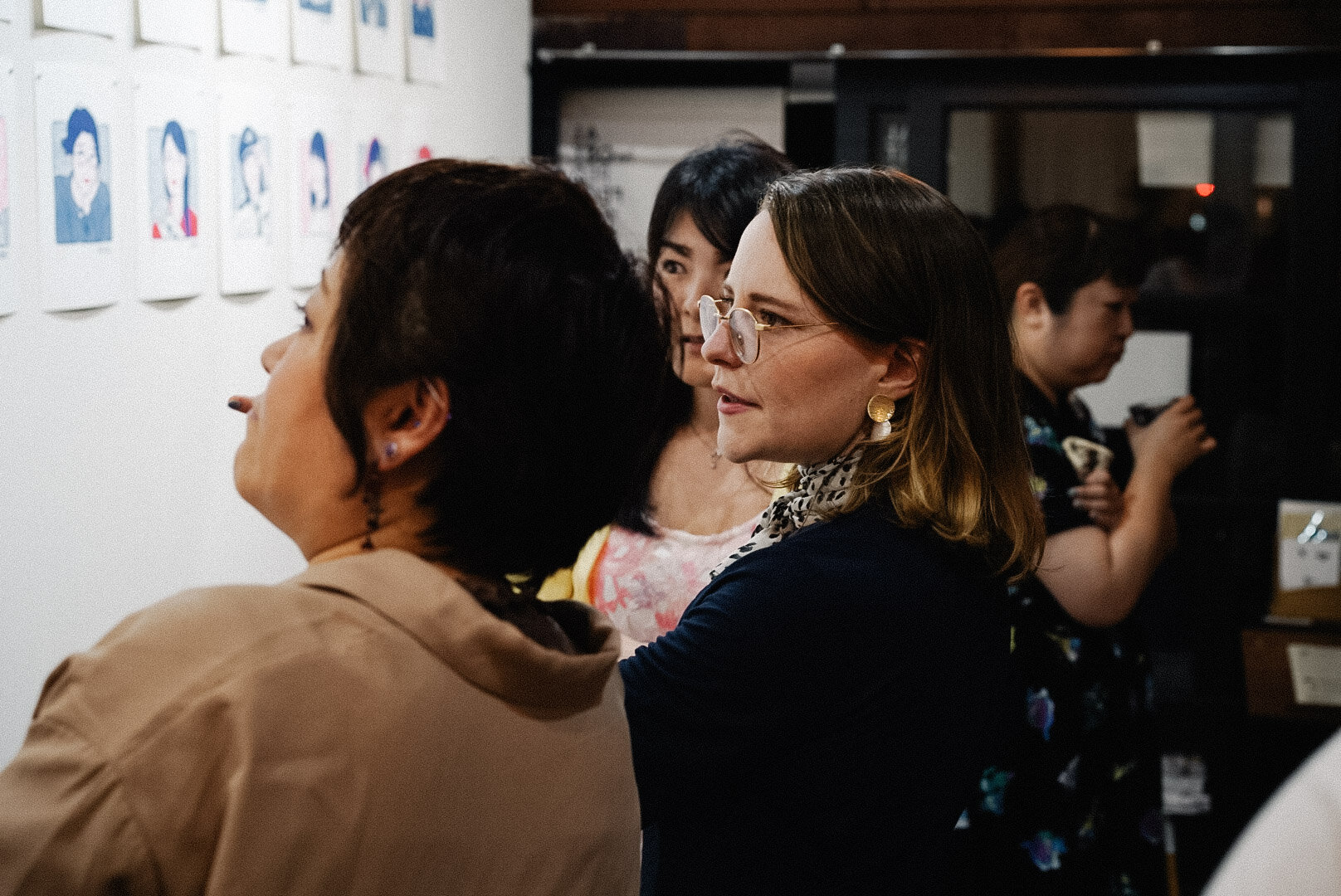
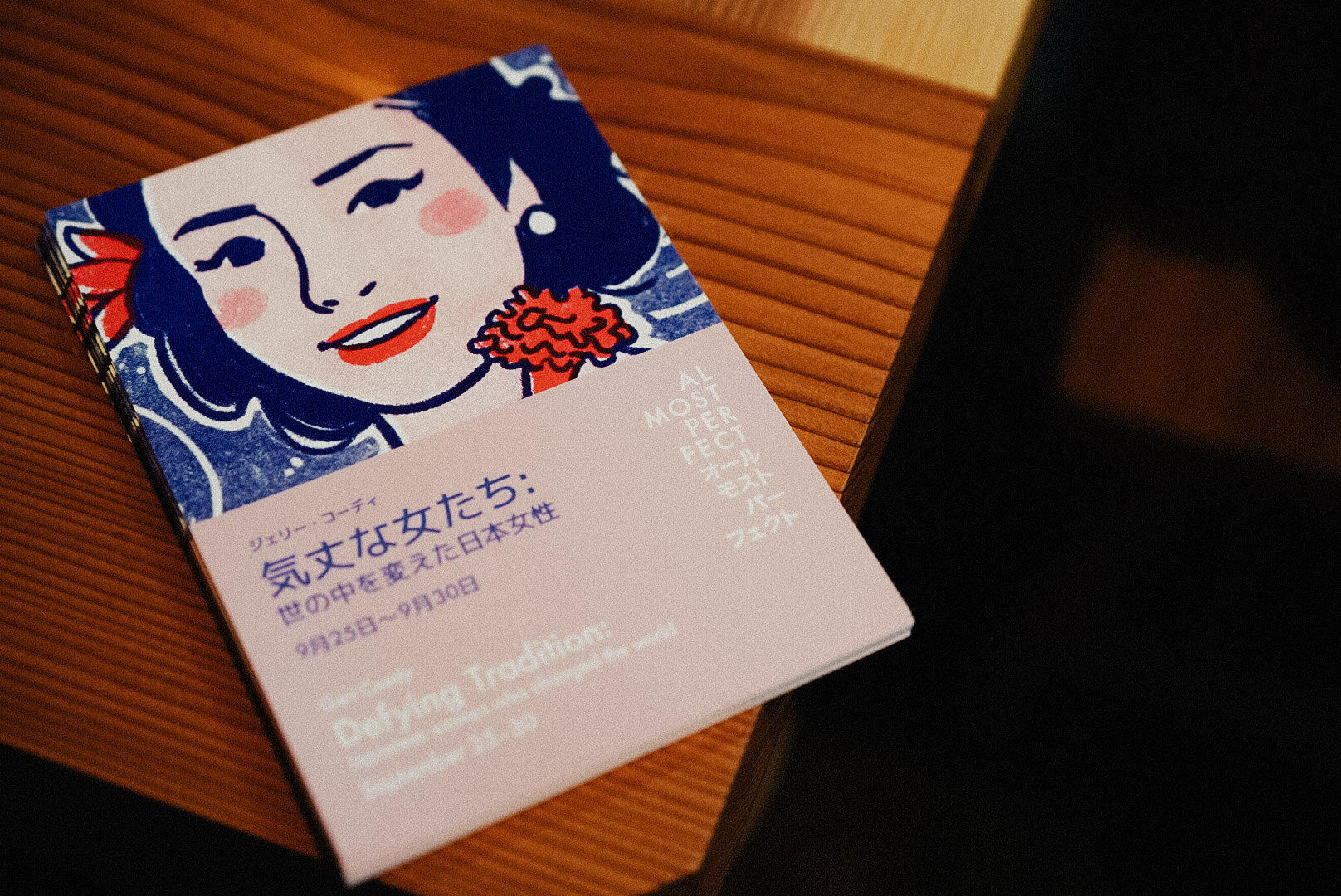
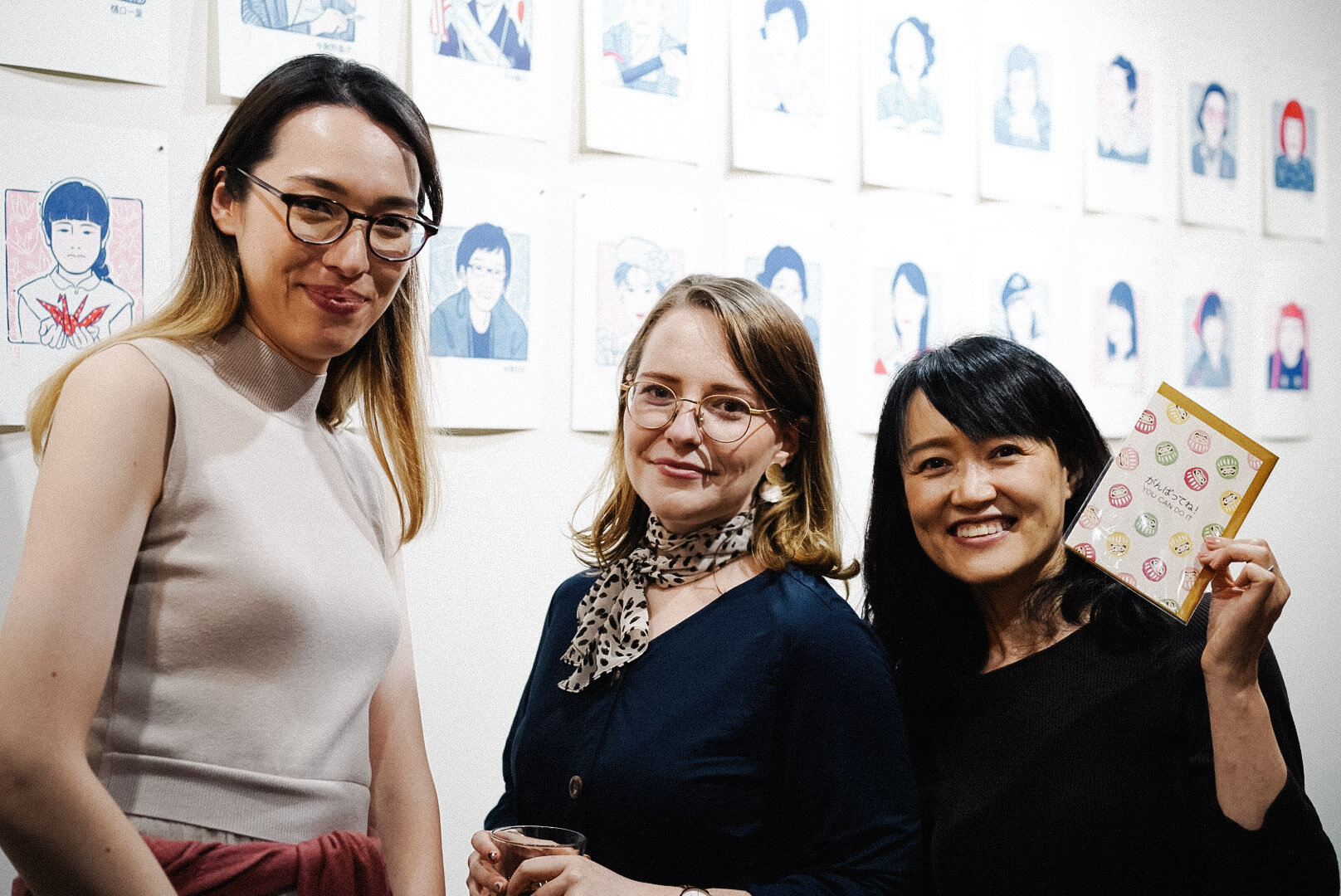
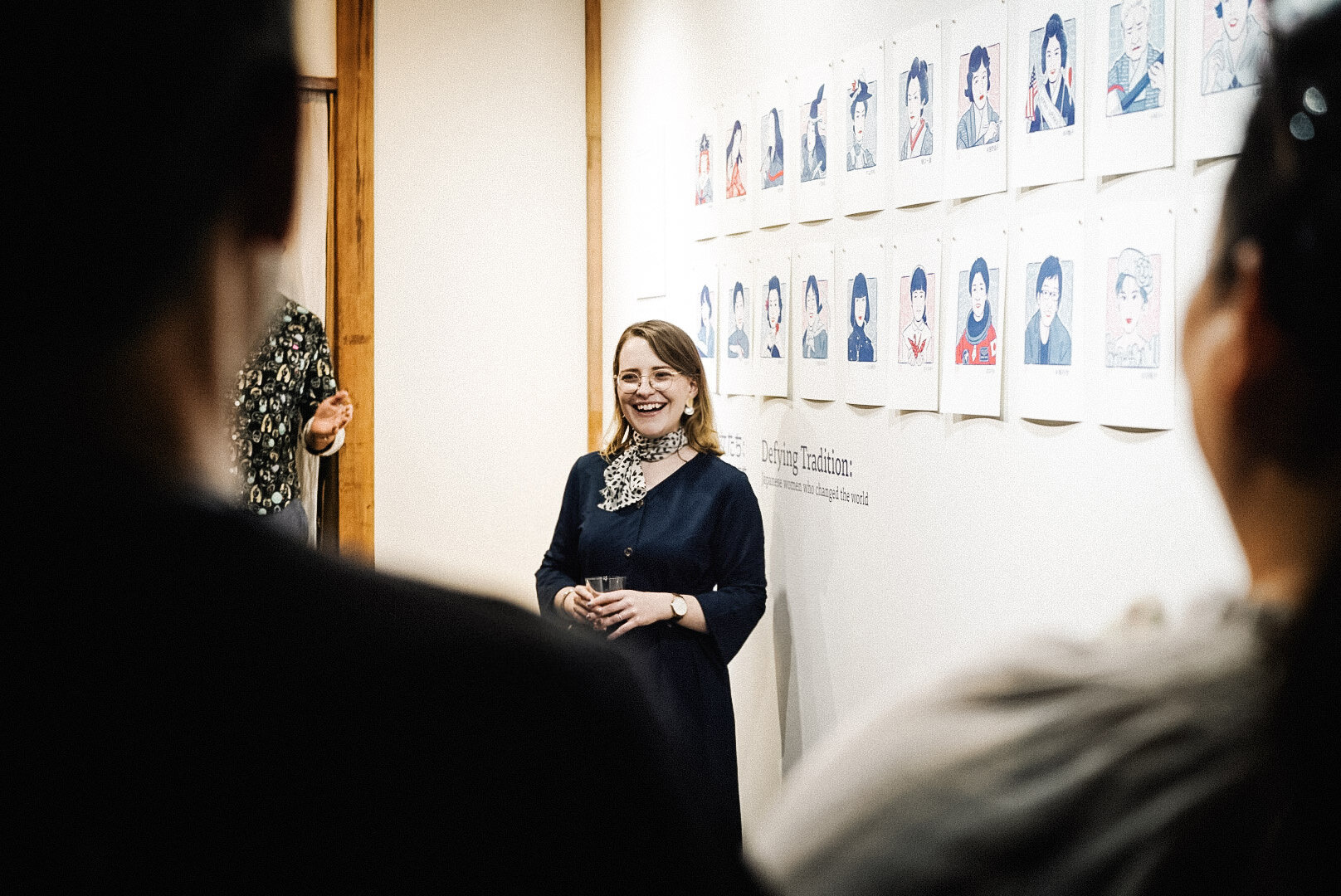
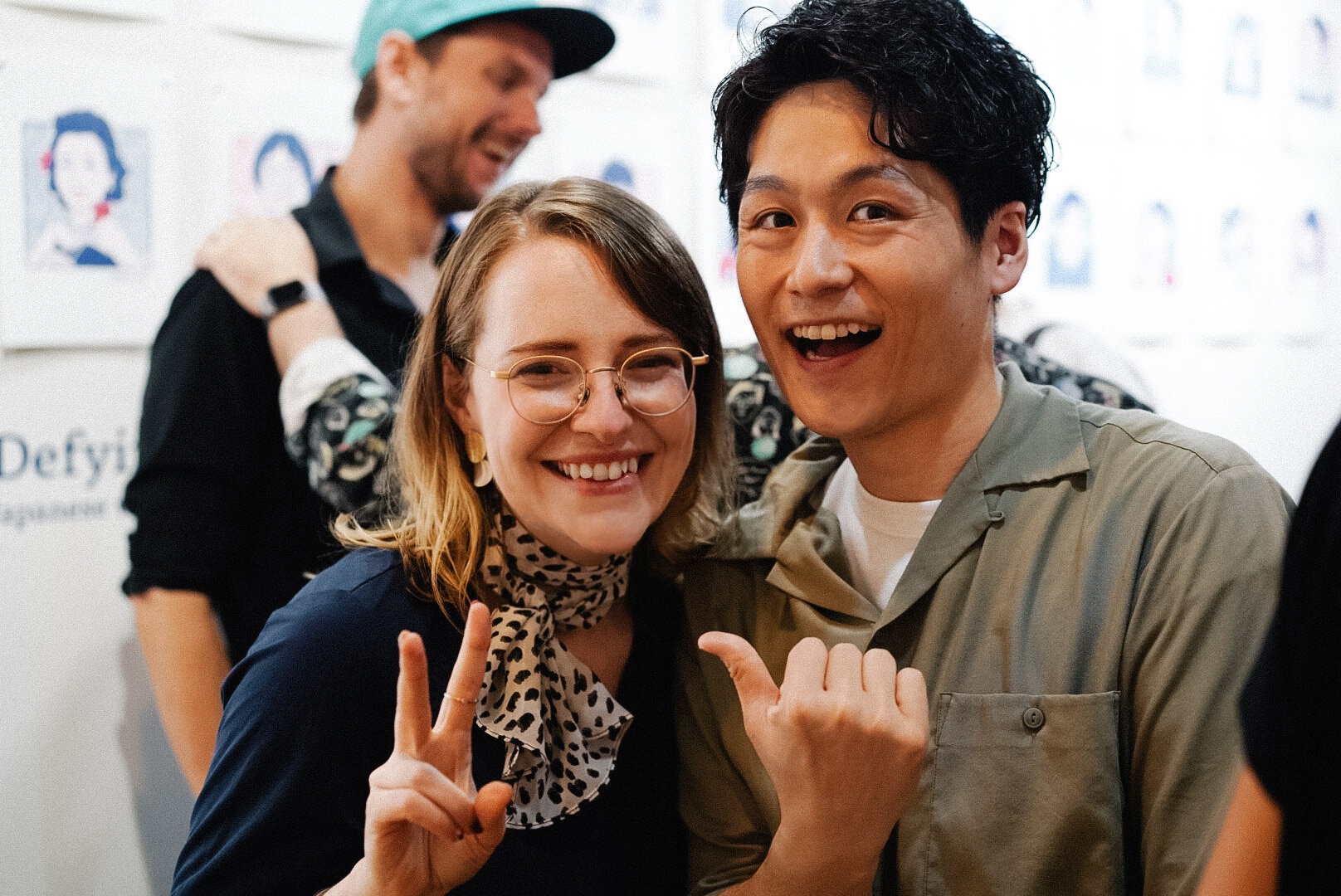

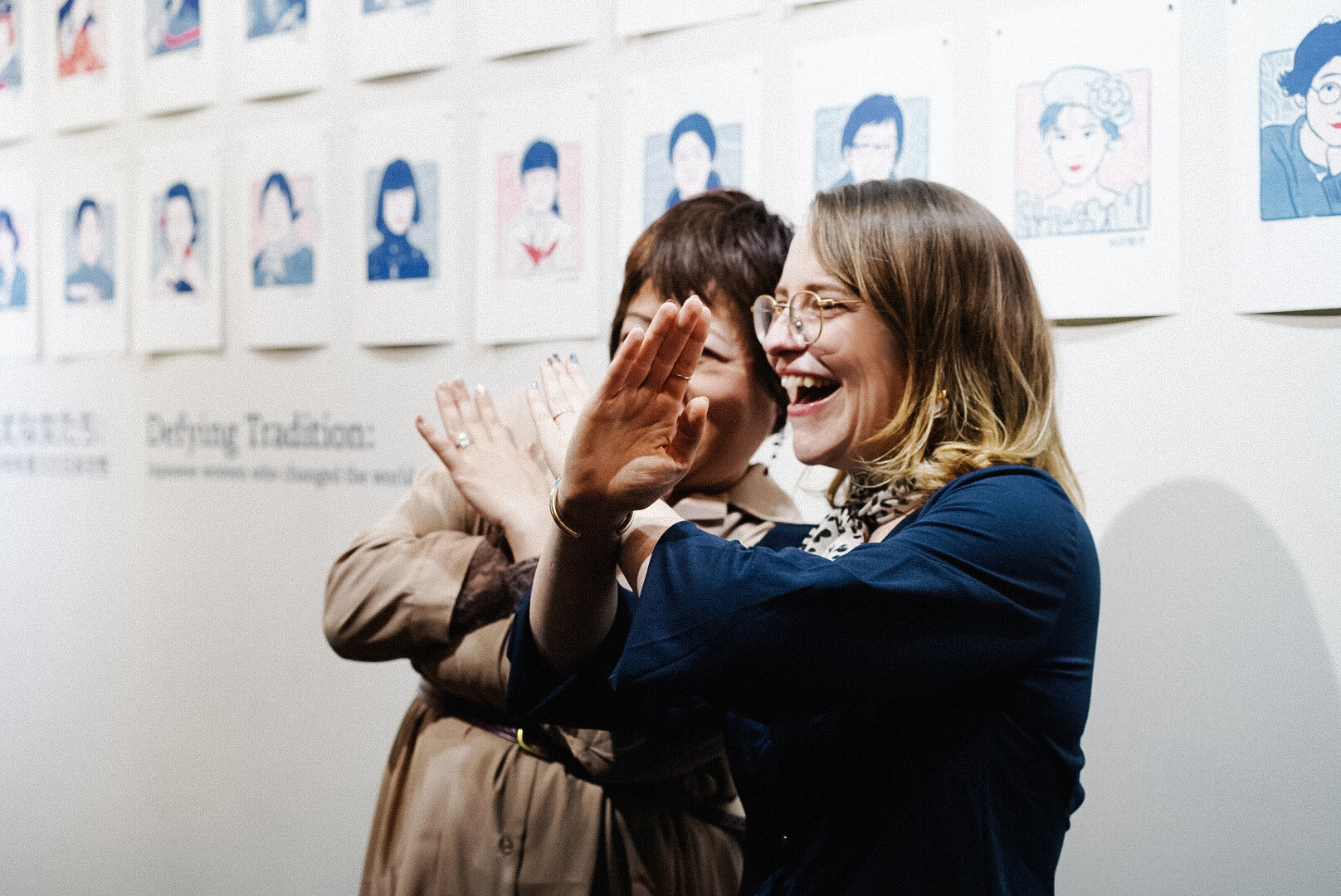
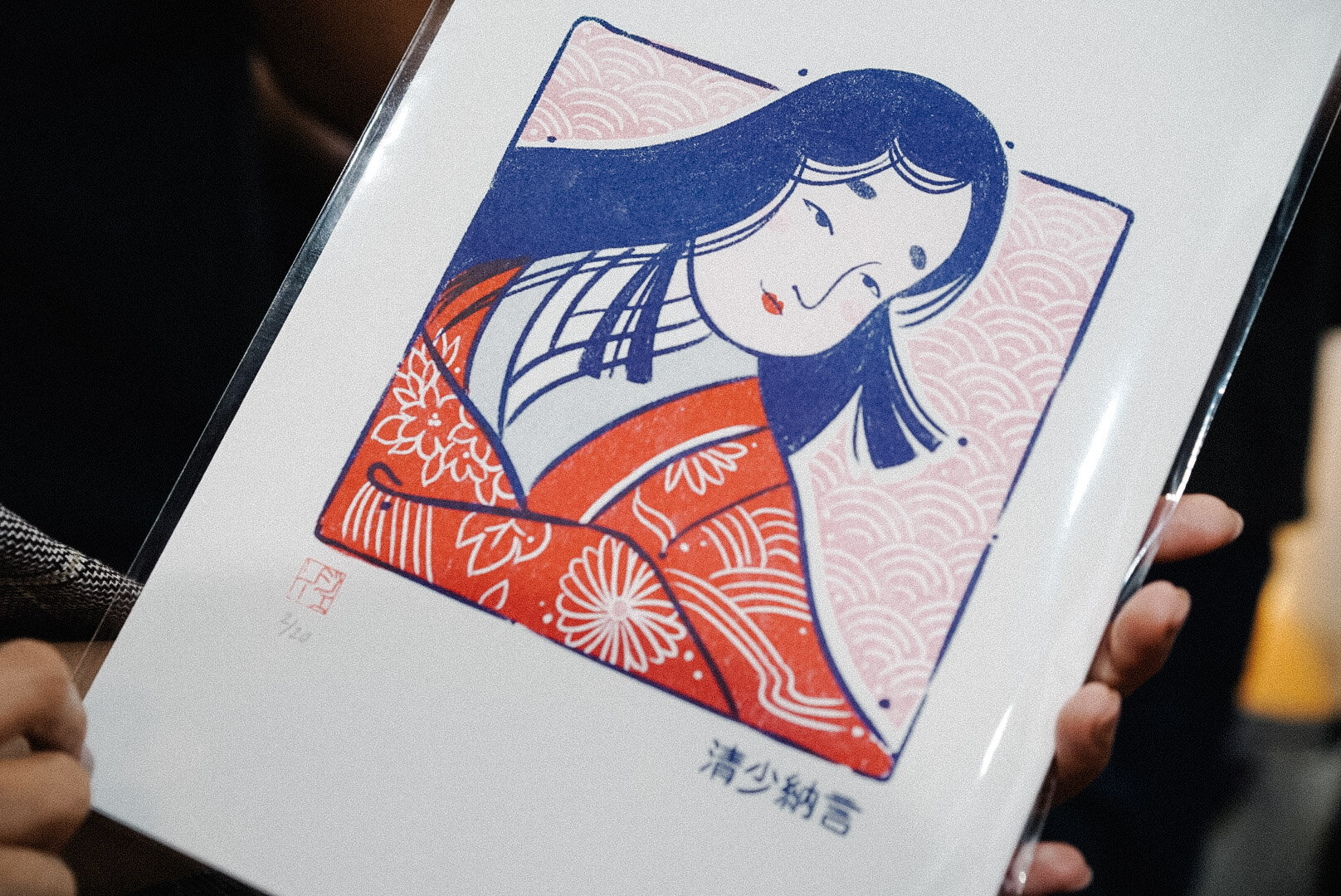
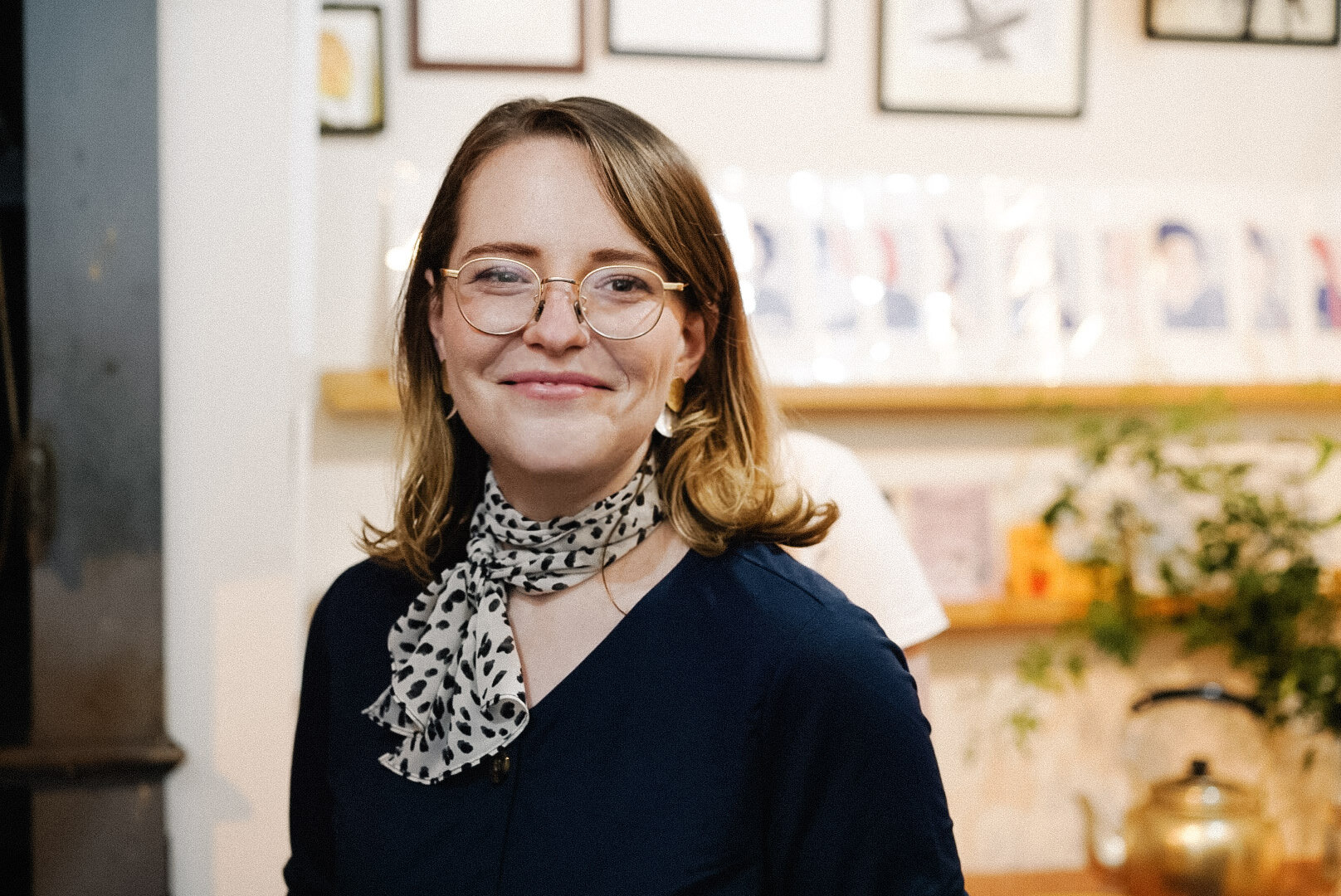

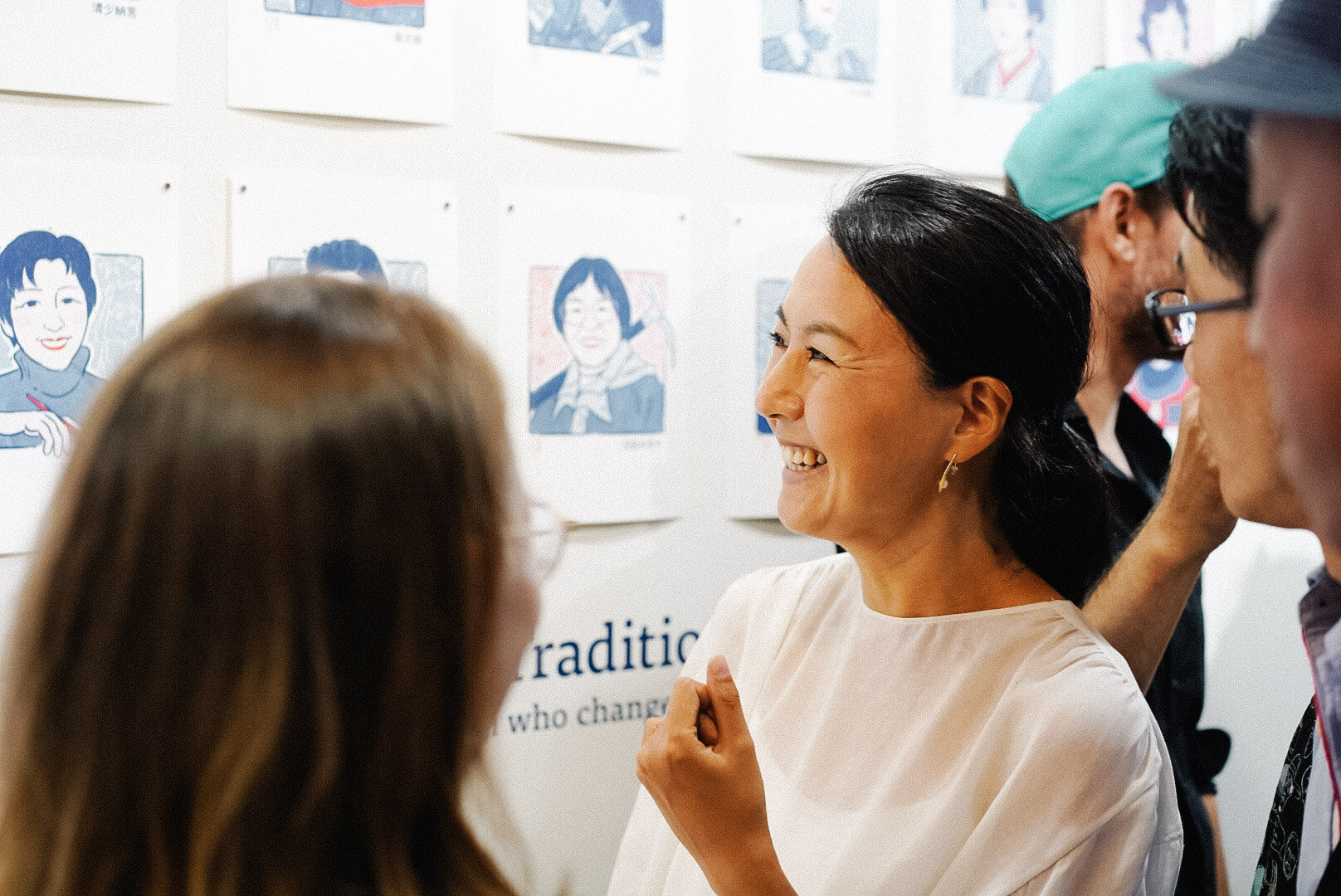
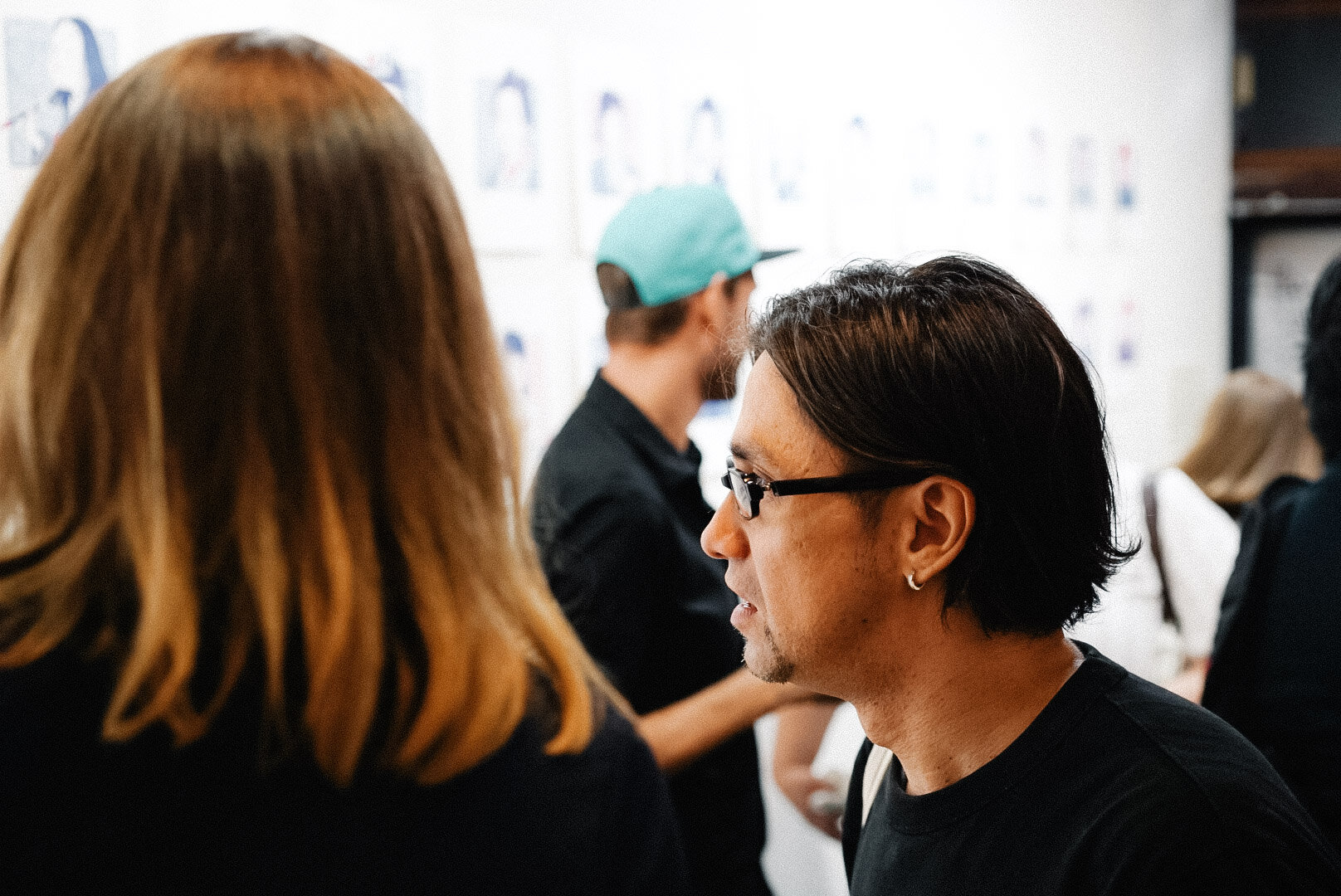
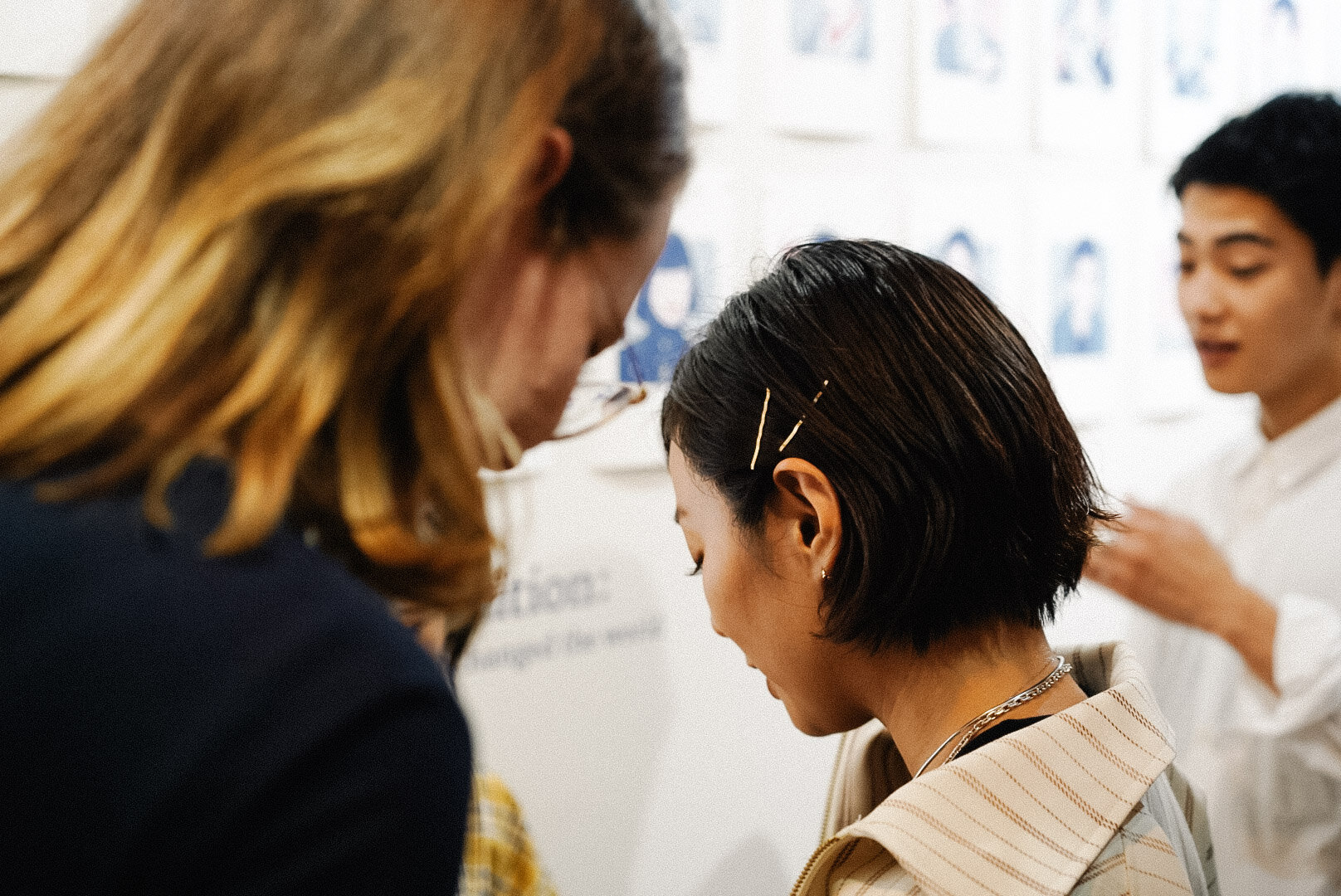
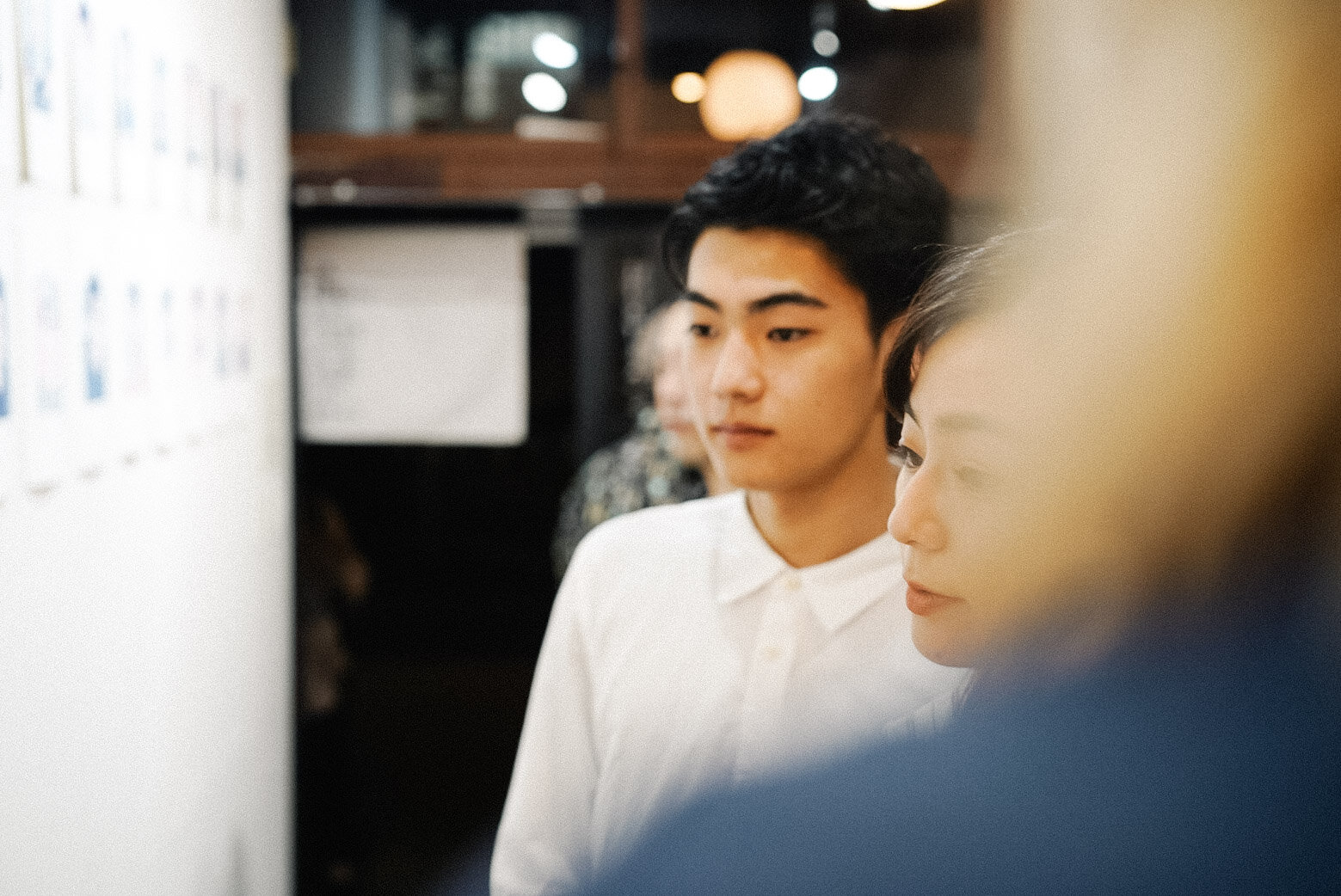
All photos by Jaime Hojje Lee
気丈な女たち: 世の中を変えた日本女性
Defying Tradition: Japanese women who changed the world
In 2018, the Global Gender Gap Report published by World Economic Forum (WEF) examined gender equality in such fields as health, economy, politics and education. The report placed Japan close to the bottom of the list—110th place out of 149 countries—the worst among the G-7 nations.
2018年に世界経済フォーラム(WEF)から出版された「世界男女格差年次報告書」では、男女平等に向けた進捗度が健康、経済、政治、教育などの分野で算出されています。レポートによると、日本は非常に低い順位である149カ国中110位であり、主要7カ国(G7)では引き続き最下位となりました。
Anyone familiar with traditional Japanese culture might find these figures unsurprising, given that the role of women has always been quite different than those of men. Japanese women have long been subjected to discrimination—a ban on women entering religious sites, though abolished in 1872, still lingers today. Several sites, including a UNESCO World Heritage site, still do not allow women to enter. It is present in sport, too—women are not only forbidden from partaking in professional sumo, but they are not even allowed to enter a sumo ring. Most recently, the abdication of the Emperor in April 2019 has reminded us how daughters in the Imperial Family are banned from succeeding to the throne—a rule imparted since the Meiji Restoration in 1868.
日本では古来女性と男性の役目に大きな違いがあり、日本の伝統文化に詳しい人であればこのような結果もあまり驚くべきことではないかもしれません。現代においても日本女性は差別を受ける場面があるでしょう。1872年に女性が宗教的に重要な場所に入ることを許可されたにも関わらず、現在でも禁止されていた当時の影響が残っています。世界遺産に指定された場所も含め多くの敷地へ女性が入ることは禁止されています。スポーツ界でも例外でなく女性のプロ相撲への参加は認められてないうえ、土俵に上がることさえも許されていません。なお、2019年に天皇の譲位では皇室家系の女性では継げないことを私たちに思い出させました。またこの習慣が布かれたのは近代史である明治維新当時1868年のことです。
The expectation that women should be subservient to men is, unfortunately, still present today in modern Japan in many less-obvious ways, including workplace discrimination, pay gap, and sexual harassment. The WEF report solidifies just how much more work needs to be done to narrow the gender gap and empower women in all areas of society.
日本人女性が従順に男性に従わなければならないという考えは現代にも未だ根強く残っています。職場での女性に対する差別、給料格差やセクハラなどを考慮し、WEFのレポートは社会のすべての分野における真の男女平等を実現するための手段を講じなければなりません。 手段を講じなければならないと言っています。
Despite this poor ranking, it’s clear that Japan has still made significant improvements to women’s rights in modern times. Many of these improvements can be attributed to the hardworking, brave, and strong Japanese women who dared to go against the grain and fight for positive change. As a result, these women have not only impacted Japanese society, but the world.
世界ランキングでは下位ではありますが、近年日本は女性の人権において大幅な改善を見せました。これらの変化は社会進歩のために戦った勇ましい日本女性たちのおかげでしょう。結果として彼女たちは日本社会だけでなく、世界にも影響をもたらしました。
This series of illustrations profiles thirty of the most influential and inspirational Japanese women in both modern and ancient times. From Murasaki Shikibu, the world’s first novelist, and Komako Kimura, a prominent early 1900s suffragist, to pop culture star Naomi Watanabe, who is rapidly changing the perception of body image in Japan and beyond—these women are highlighted and celebrated for the ways they have shaped and will continue to shape their country.
このイラスト展は、多大な影響をもらたした古代から現代までの30人の日本女性を描いています。世界初の小説家である紫式部、日本でボディイメージの理想を変えることに貢献している渡辺直美さん、1900年代初期の有力な女性解放運動者である木村駒子さんなど。彼女らが日本を形作り、これからも影響を与え続けることを賞賛します。



